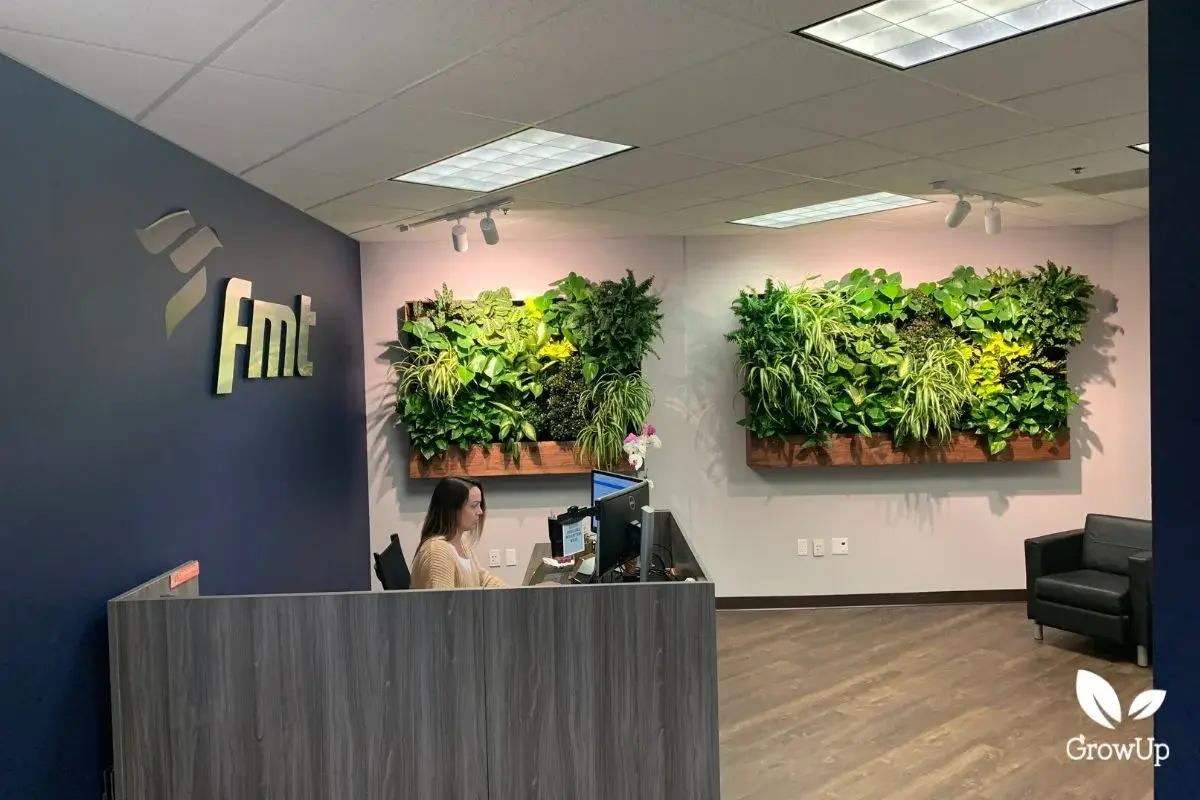Biophilic design isn't just a buzzword in architecture; it's a philosophy that prioritizes the integration of natural elements into the built environment to foster better well-being and health. For seniors, whose connection to nature can often be restricted due to living arrangements, incorporating biophilic design principles into living spaces can be particularly beneficial. Here's how:
Maximize Natural Light: Senior living spaces can benefit greatly from ample natural light. Incorporate skylights and large windows to flood interiors with sunlight, offering residents not only better visibility but also a direct connection to the outdoors.

Embrace Natural Materials: Select natural materials like wood, stone, and plants in design elements. Whether it's the flooring, furniture, or decor, these materials not only evoke a sense of warmth and comfort but also serve as a tangible link to the natural world.
Introduce Greenery: Greenwalls, potted plants, or even rooftop gardens can infuse senior living environments with the rejuvenating presence of nature. The sight and scent of plants can promote relaxation and well-being while also improving indoor air quality. Plants have the additional benefit of being alive and changing over time.
-2.jpg?width=2048&height=1536&name=Untitled%20design%20(23)-2.jpg)
Create Serene Water Features: Incorporating water features such as fountains or indoor ponds can introduce a calming ambiance to senior living spaces. The gentle sound of flowing water can soothe the mind and elevate the overall atmosphere.
Design Outdoor Retreats: Access to outdoor spaces like balconies, patios, or communal gardens is vital for seniors to enjoy nature firsthand. These spaces offer opportunities for leisure, socialization, and physical activity, all of which contribute to enhanced well-being.
Prioritize Natural Ventilation: Implementing ventilation systems that maximize airflow and minimize reliance on artificial heating or cooling can create a healthier indoor environment for seniors. Fresh air circulation not only promotes respiratory health but also fosters a sense of vitality.
Opt for Earthy Tones: Choose color palettes inspired by nature, such as earthy browns, greens, and blues, to instill a sense of tranquility and harmony within senior living spaces. These hues can evoke feelings of comfort and security, enhancing overall mood and relaxation.

Embrace Organic Shapes: Incorporate organic shapes and patterns in design elements to mimic the natural world. From furniture to architectural details, these biomorphic forms can evoke a sense of familiarity and promote feelings of well-being.
Frame Nature Views: Ensure that residents have access to views of nature from within their living spaces. Whether it's through strategically placed windows or designated observation areas, glimpses of the outdoors can uplift spirits and provide a sense of connection to the natural world.

It's important to note that biophilic design is highly adaptable and can be tailored to suit the unique needs and preferences of senior living communities. By integrating these principles into architectural and interior design, we can create environments that not only support the physical and mental health of older adults but also enrich their daily lives with the beauty and serenity of nature.
Download our infographic to share the benefits of biophilia with your audience.
Get in touch to discuss your options for bringing biophilia into your next project.
.jpg?width=513&height=513&name=Biophilia%20Infographic%20(Instagram%20Post).jpg)



![Why We've Got the Honeycomb: Nature's Favorite Pattern [Gallery]](https://blog.growup.green/hubfs/Imported_Blog_Media/hexagon_1024x1024-2.jpg)